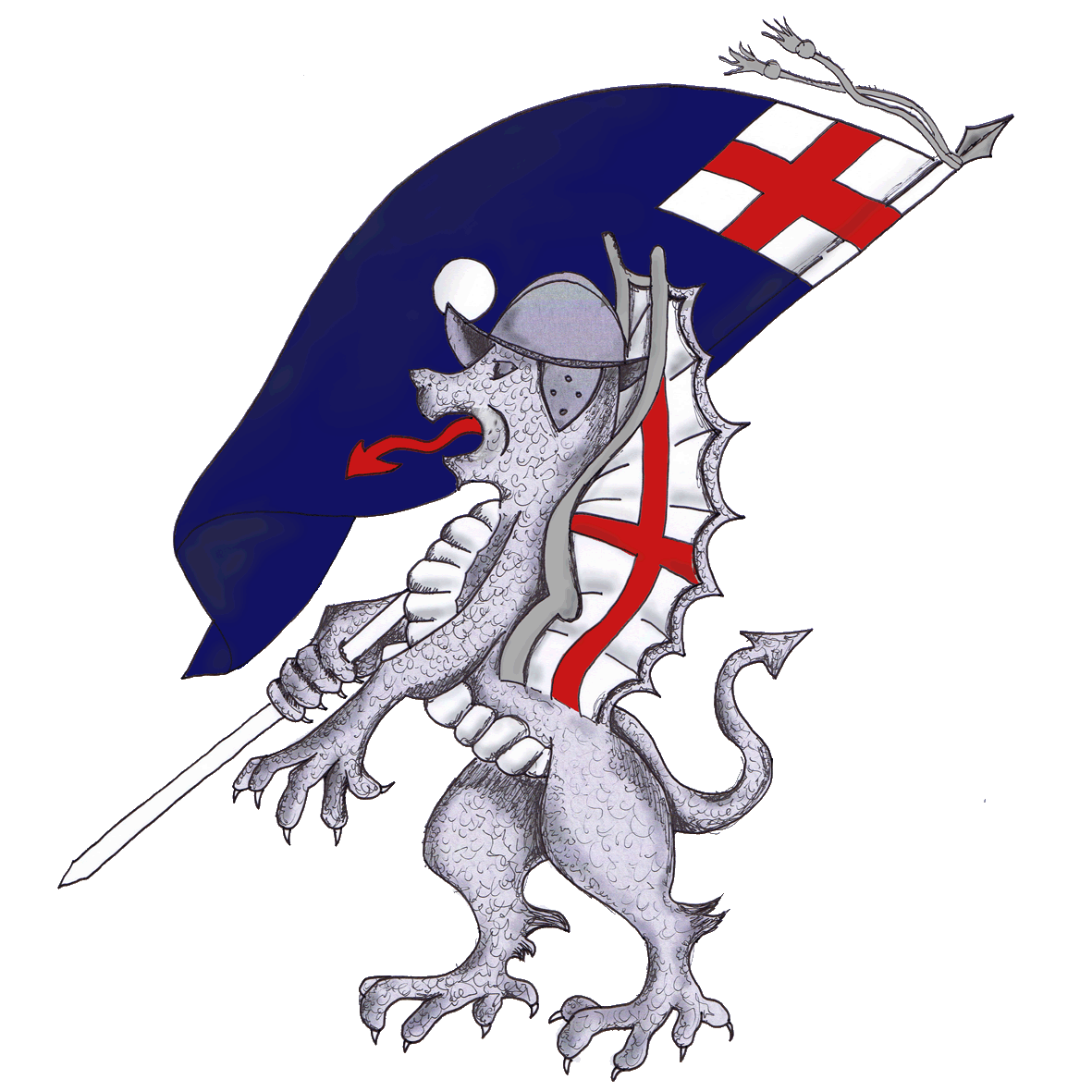Civil War Firearms
Three main types of firearms were used during the years of the Civil Wars.
The Matchlock
The matchlock musket was a weapon of simple design making it easy to instruct recruits in its use. It had several drawbacks though, in wet or damp weather it was prone to misfire, either the match used to fire the weapon would be put out by the weather conditions or the powder in the priming pan could become caked in the damp so preventing the weapon from firing. Also because of the nature of the match used to fire the weapon ambushes by troops equipped with this type of gun were generally out of the question as it smoked heavily and easily gave away the ambushers position. Being less well made than other guns they could also be prone to hangfires or even blow up in the user's hands.
The Flintlock
Flintlock muskets were much scarcer due to the added amount of work that went into the making of the weapon thereby making them far more expensive. The method of firing the weapon was also far different to the earlier pattern matchlock weapons, the pan would be primed, the weapon cast about and a charge poured into the barrel, wadding would then be rammed in to hold the charge in place, the ball would then be rammed down the barrel and the weapon brought to high port or to the shoulder in preparation to fire. When ordered to present their pieces the troops would cock the firing mechanism and would not have anywhere near the worries of matchlock users of whether or not the weapon would fire as the pan would be covered until the last instant as the powder would not be ignited until the flint struck the pan cover.
The Wheel-lock
Wheel-lock weapons were extremely rare at this time due to their enormous cost. They were costly due to the complex firing mechanism they employed. This consisted of a spring mounted ratchet a fast rate of fire but surprisingly not as fast as the flintlock weapons previously described.
Article contributed by Guz


